R course
Daniel Vaulot
2023-01-21
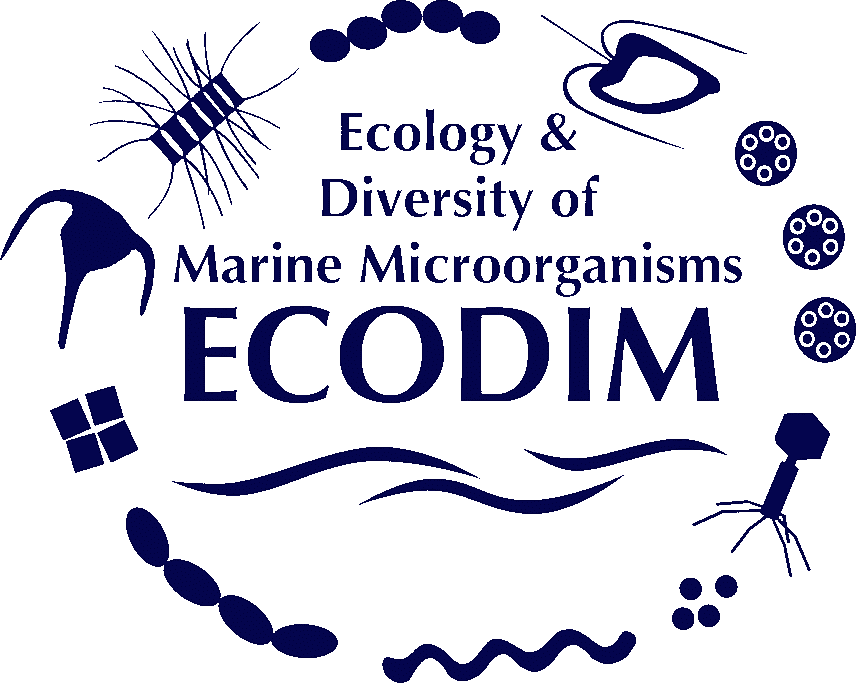

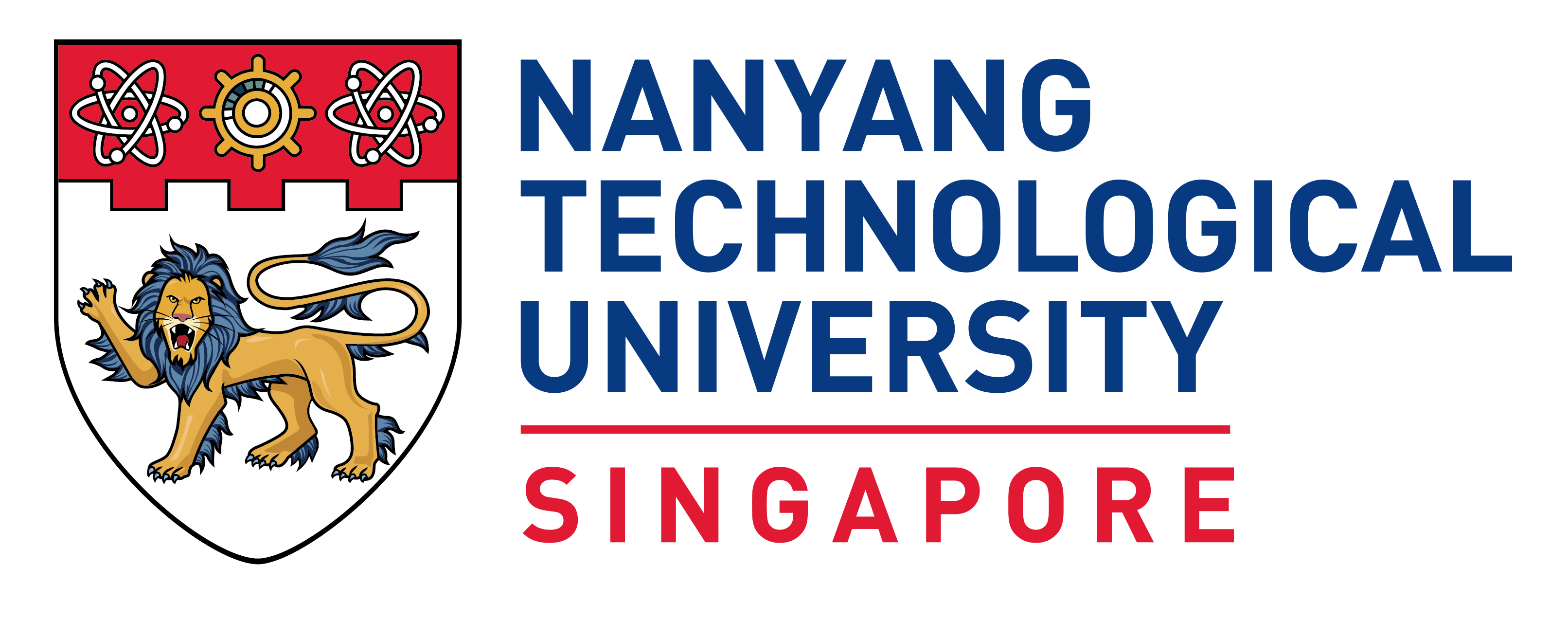

Data visualization
R - Session 03
- Graph types
- Grammar of graphics
- Playing with ggplot2
- Multiple graphs
- ggplot2 syntax
Intro to Data vizualisation
Installation and Resources
Packages
- ggplot2
- patchwork
Download
- R-session-03.zip
Reading
Resources
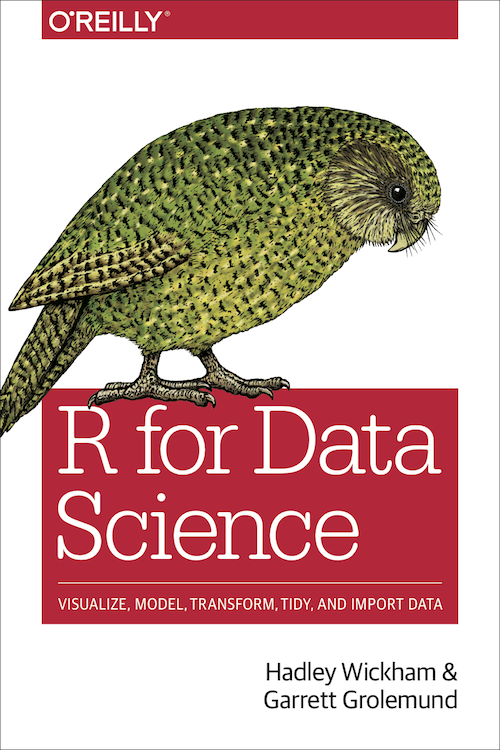
Workflow

Graph purposes
- Analysis graphs
- design to see patterns, trends
- aid the process of data description
- interpretation
- Presentation graphs
- design to attract attention
- make a point
- illustrate a conclusion
Source: Michael Friendly
Graph types
Jitter
- Two variables numerical
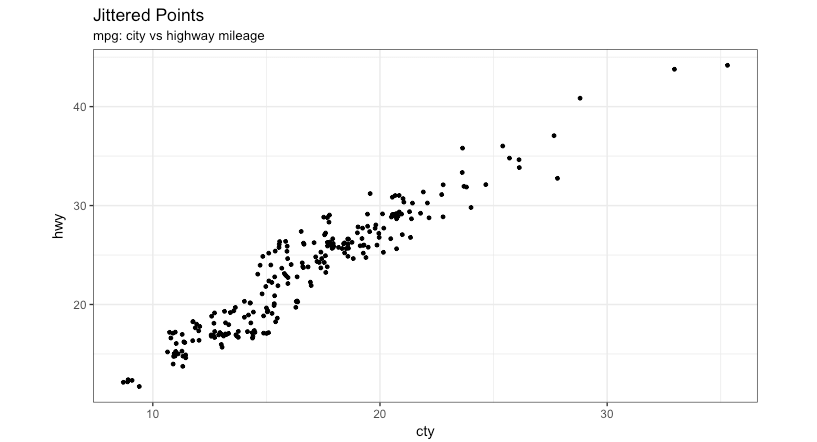
Bubble
- Two variables numerical
- Add another variable numerical

Animate
- Two variables numerical
- One variable numerical
- One variable categorical
- Animate another variable
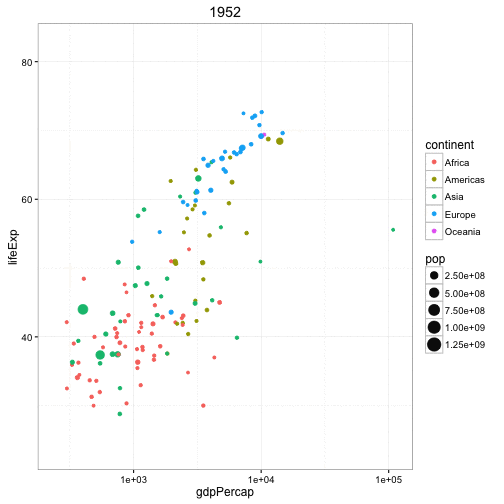
Times series
- Line graph

Bargraphs
- One variable categorical
- One variable numerical
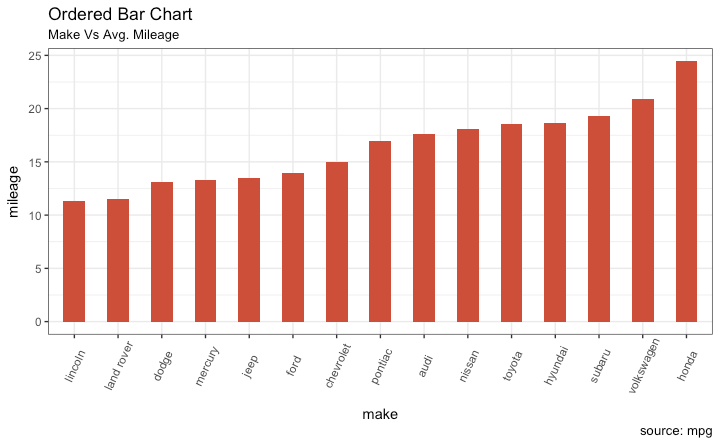
Bargraphs
- Rotate
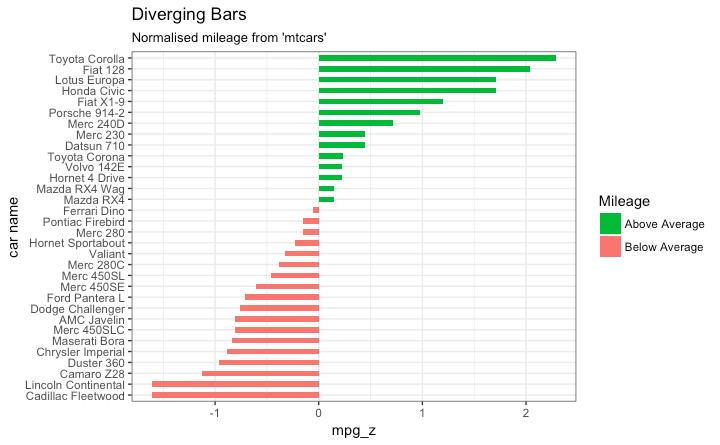
Bargraphs
- Two variable categorical
- One variable numerical

Boxplots
- One variable categorical
- One variable numerical but with many values

Treemaps
- One variable categorical
- One variable numerical
- Much better than pie charts
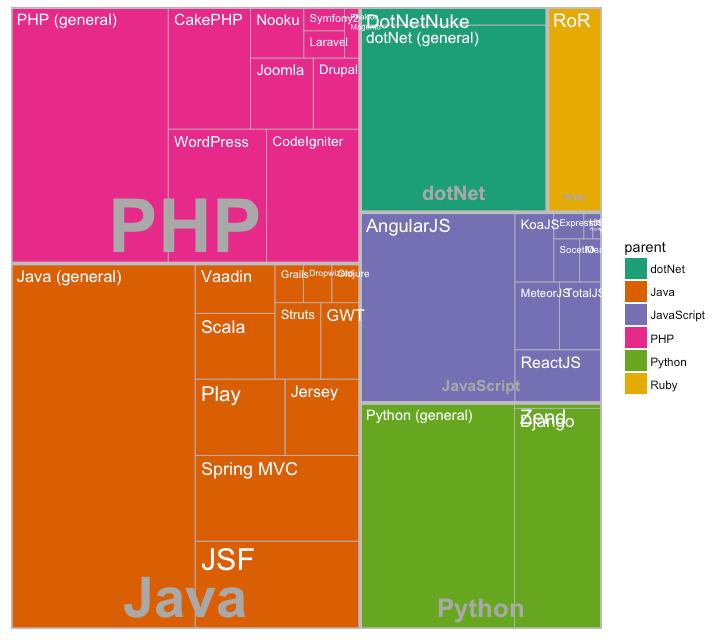
3D
- Three variable numerical
- Avoid unless it is a simple shape

Contours
- Three variable numerical
- Better than 3D
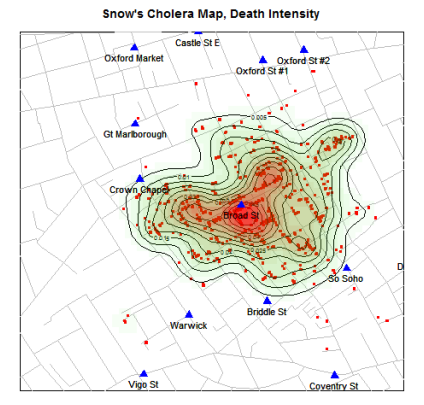
Many…
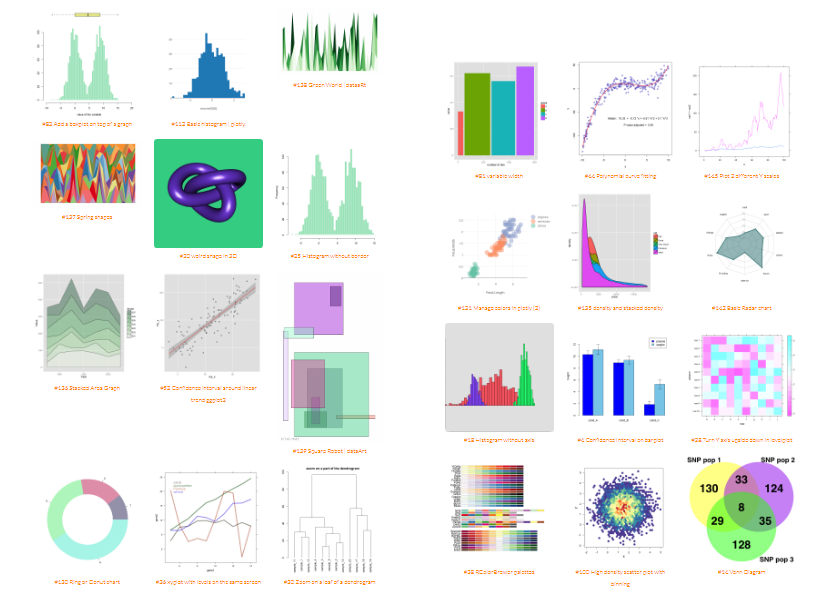
- Choose as a function of what you want to analyze or the story you want to tell
- https://www.r-graph-gallery.com/all-graphs/
ggplot2
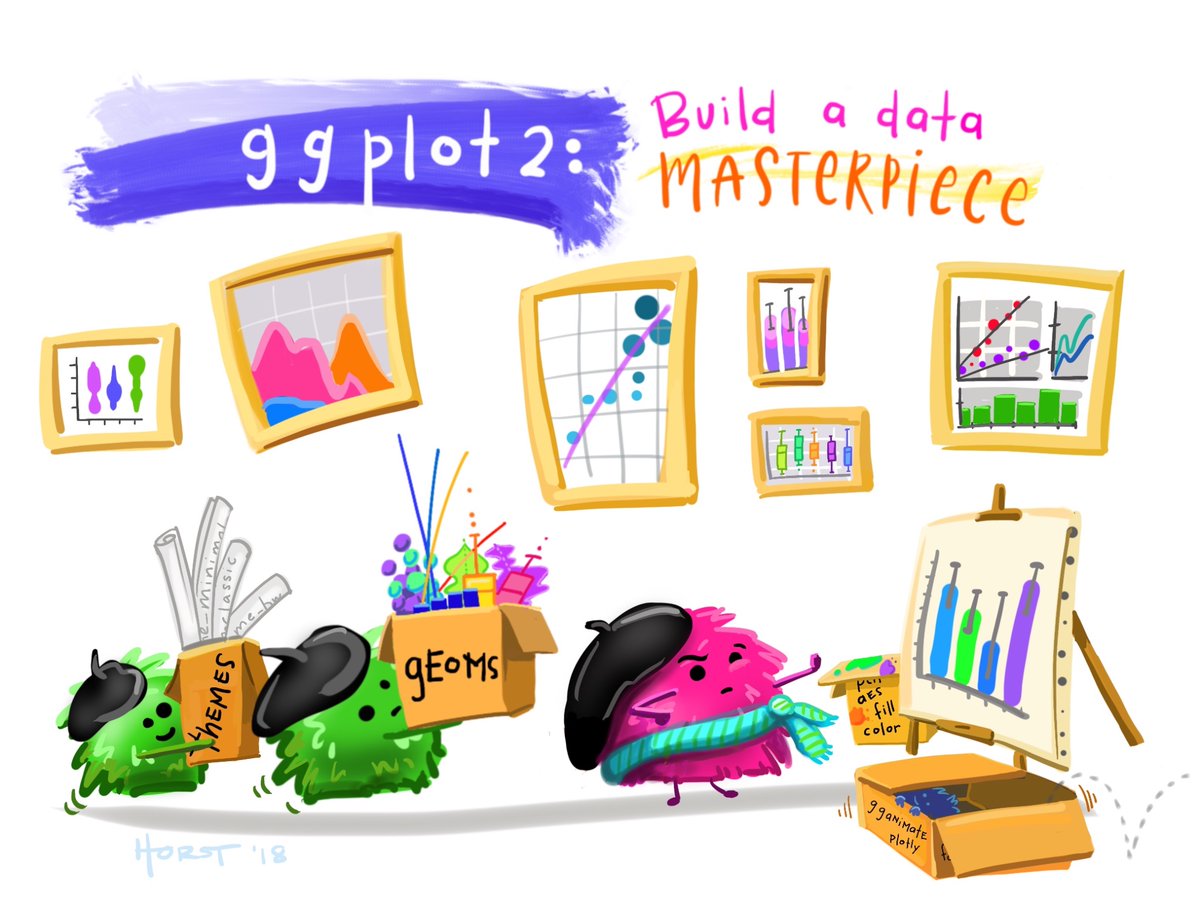
@allison_horst
Initialize
Load necessary libraries
Read the data
| sample number | transect | station | date | time | depth | level | latitude | longitude | picoeuks | nanoeuks | phosphates | nitrates | temperature | salinity |
|---|---|---|---|---|---|---|---|---|---|---|---|---|---|---|
| 10 | 1 | 81 | 2013-11-13 | 1899-12-31 01:00:00 | 140 | Deep | -27.42 | -44.72 | 3278 | 1232 | 0.20 | 0.26 | 17.3 | 35.9 |
| 11 | 1 | 85 | 2013-11-13 | 1899-12-31 13:30:00 | 110 | Deep | -26.80 | -45.30 | 16312 | 1615 | 0.29 | 0.22 | 21.3 | 36.5 |
| 120 | 2 | 96 | 2013-11-18 | 1899-12-31 23:50:00 | 5 | Surf | -27.39 | -47.82 | 1150 | 75 | 0.43 | 0.19 | 23.1 | 33.5 |
| 121 | 2 | 96 | 2013-11-18 | 1899-12-31 23:50:00 | 30 | Deep | -27.39 | -47.82 | 1737 | 218 | 0.43 | 0.23 | 22.6 | 33.7 |
| 122 | 2 | 96 | 2013-11-18 | 1899-12-31 23:50:00 | 50 | Deep | -27.39 | -47.82 | 853 | 234 | 0.56 | 0.21 | 20.3 | 35.9 |
| 125 | 2 | 98 | 2013-11-18 | 1899-12-31 05:00:00 | 5 | Surf | -27.59 | -47.39 | 3086 | 1300 | 0.29 | 0.25 | 23.1 | 35.7 |
| 126 | 2 | 98 | 2013-11-18 | 1899-12-31 05:00:00 | 50 | Deep | -27.59 | -47.39 | 1217 | 782 | 0.25 | 0.20 | 23.7 | 37.2 |
| 127 | 2 | 98 | 2013-11-18 | 1899-12-31 05:00:00 | 85 | Deep | -27.59 | -47.39 | 3420 | 226 | 0.25 | 0.47 | 22.9 | 37.0 |
| 13 | 1 | 86 | 2013-11-13 | 1899-12-31 17:00:00 | 105 | Deep | -26.33 | -45.41 | 6366 | 1007 | 0.34 | 0.15 | 20.9 | 36.3 |
| 140 | 2 | 101 | 2013-11-18 | 1899-12-31 12:00:00 | 5 | Surf | -27.79 | -46.96 | 500 | 366 | 0.29 | 0.14 | 23.5 | 36.5 |
A simple plot
- Choose the data set
- Choose the geometric representation
- Choose the aesthetics : x,y, color, shape etc…
The grammar of graphics

Every graph can be described as a combination of independent building blocks:
- data: a data frame: quantitative, categorical; local or data base query
- aesthetic mapping of variables into visual properties: size, color, x, y
- geometric objects (“geom”): points, lines, areas, arrows, …
- coordinate system (“coord”): Cartesian, log, polar, map
Alternatively
- Move mapping into ggplot function
Alternatively
- Remove function arguments
Makes dots bigger
- Add: size=5 outside of the aesthetics function
Color according to depth level (discrete)
- The mapping aesthetics must be an argument of the aes function
- geom_point(color=level, size=5) will generate an error…
Color according to depth level (discrete)
- The mapping aesthetics must be an argument of the aes function
- geom_point(color=level, size=5) will generate an error…
Color according to depth (continuous)
- The mapping aesthetics must be an argument of the aes function
- Add: color=depth
Symbol according to transect (continuous)
- Add: shape=transect
Error in `geom_point()`:
! Problem while computing aesthetics.
i Error occurred in the 1st layer.
Caused by error in `scale_f()`:
! A continuous variable cannot be mapped to the shape aesthetic
i choose a different aesthetic or use `scale_shape_binned()`Symbol according to transect (continuous)
- Add: shape=as.character(transect)
Panels depending on one variable
Adding a regression line
- Add: geom_smooth()
- You can choose the type of smoothing “lm” is for linear model
Adding a regression line
- If the mapping is in the ggplot function is for all the geom….
Finalizing the graph
- Adding labels and legends
Multigraphs (patchwork package)
First graph
Second graph
Package patchwork
- https://patchwork.data-imaginist.com/index.html
- See also packages :
gridExtracowplot
Package patchwork
- Adding annotation
- Collecting legends
ggplot2 syntax
Anatomy of a plot
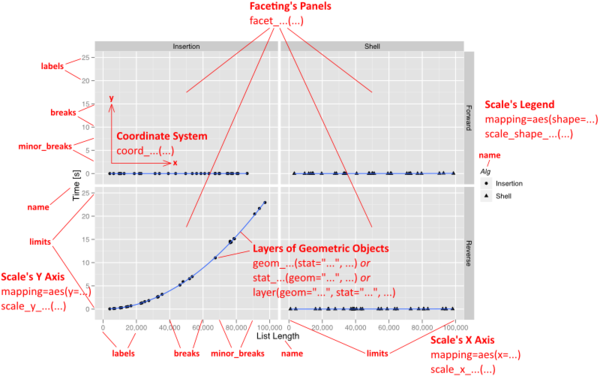
Geometries

Continuous x and y
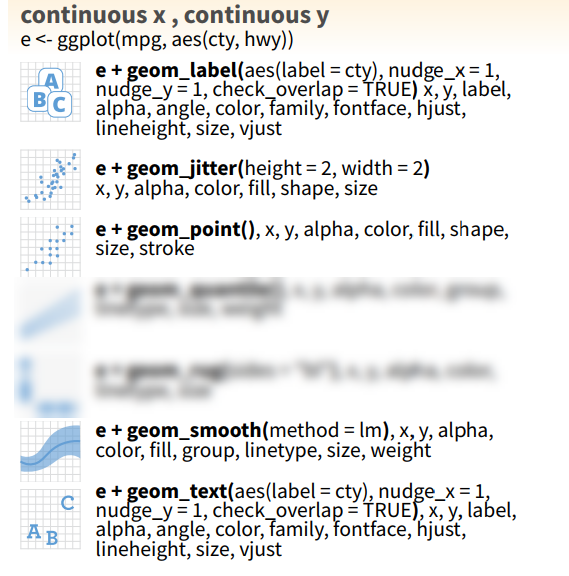
Plotting error

Discrete x - Continuous y

Continuous x

3D

Modifying axis and scales

Palettes
- Package tmaptools : https://github.com/mtennekes/tmaptools
- Function :
palette_explorer()
- Function :
- Package paletteer : https://github.com/EmilHvitfeldt/paletteer
- More than 1000 palettes
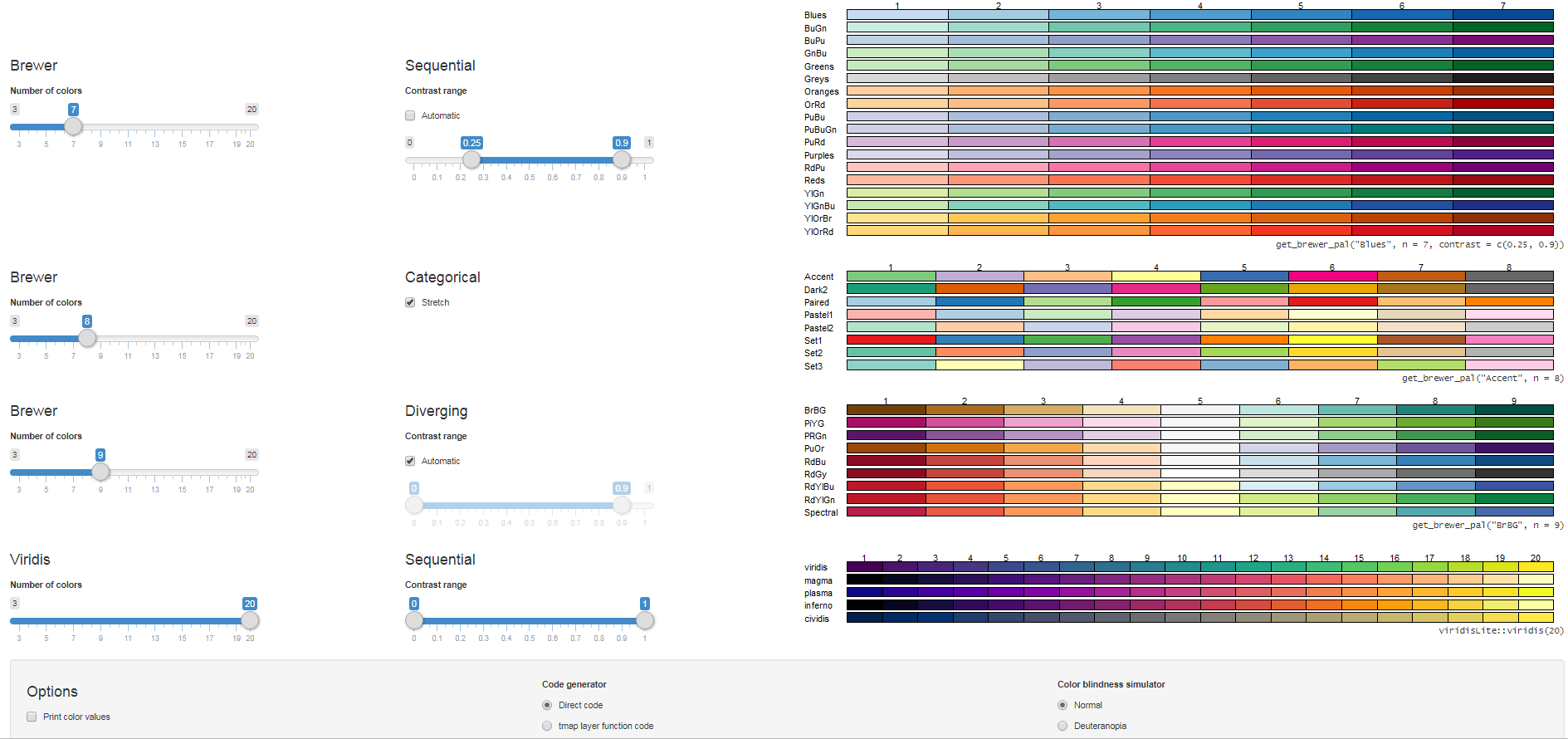
Palettes
- Use color blind friendly palettes
- viridis (e.g.
scale_colour_viridis_c())
- viridis (e.g.
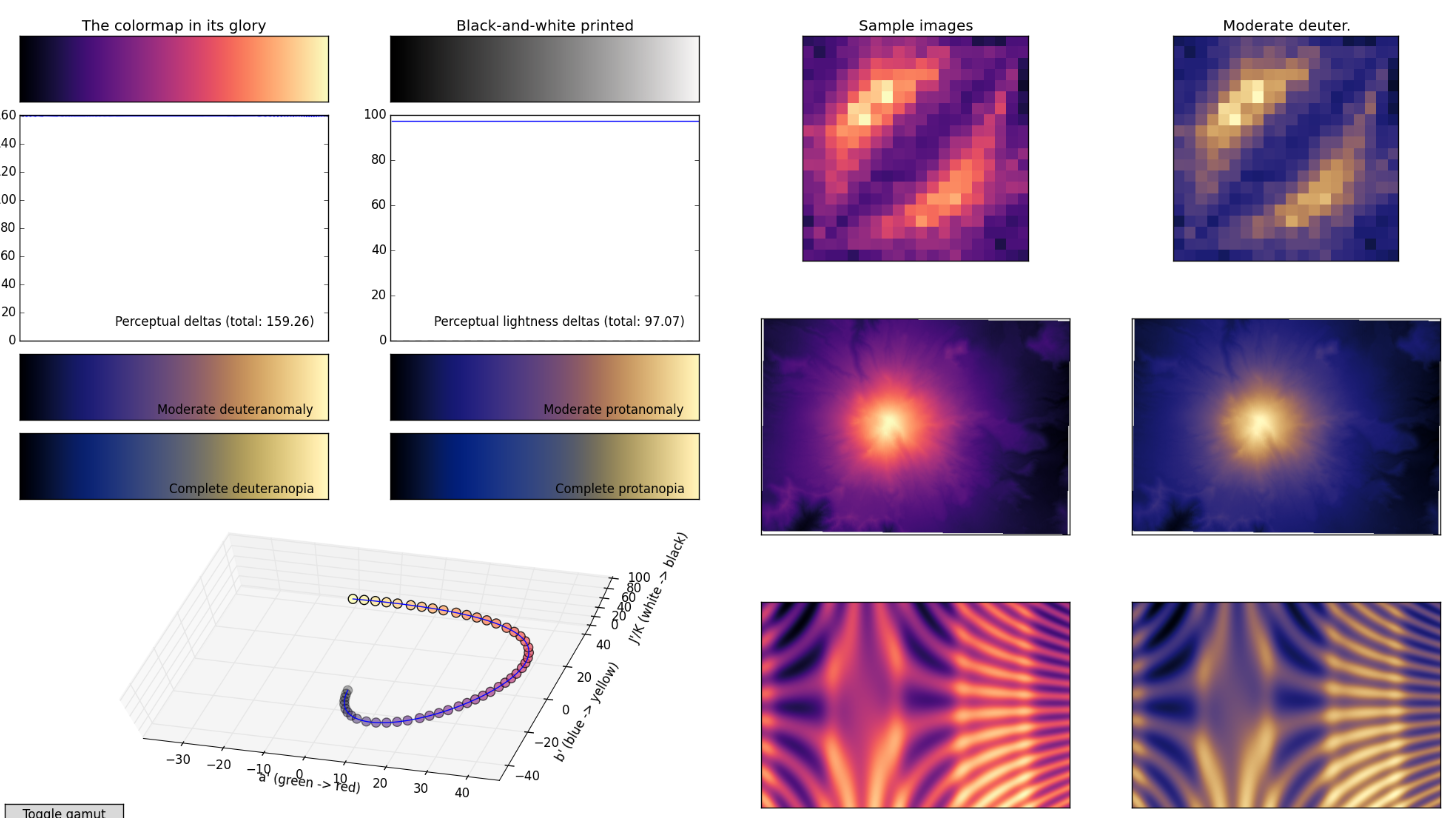
Themes
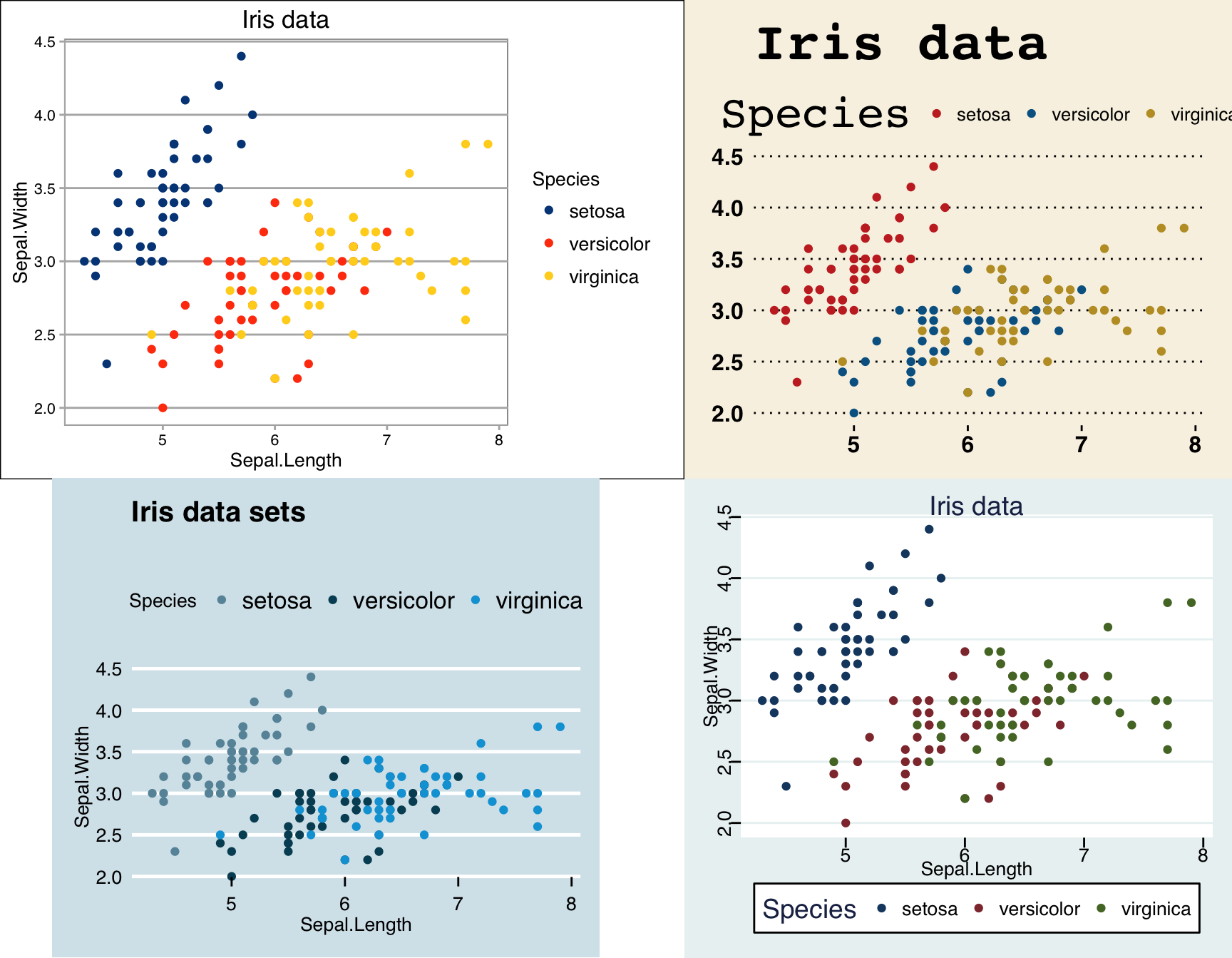
Extensions
Let’s do a graph
Your mission
Reproduce graph on right
- Only transect 2
- One panel per station
- Increasing depth
- Log scale for x
- White background
Instructions
- Work by group of 2 (1 expert, 1 less expert)
- Send code and results by element.io

Your turn
Step 1
- basic plot
Step 2
- facet_wrap
Step 3
- link points together (! use geom_path())
Step 4
- reverse y scale
Step 5
- add theme
Step 6
- add legends
Step 7
- change scales
ggplot(filter(samples,
transect==2 & !is.na(depth)),
aes(y=depth, x=picoeuks)) +
geom_point(size=3) +
facet_wrap(~ station) +
geom_path() +
scale_y_reverse() +
theme_bw() +
ggtitle("Abundance of pico-eukaryotes per station on transect 2") +
xlab("Pico-eukaryote per mL") +
ylab("Depth (m)") +
scale_x_log10(limits= c(100,10000)) +
annotation_logticks(sides="b") 
Recap
Conceptualize your graph before coding
Decide what element is fixed and what varies
It takes time to get what you want…
Exploratory vs. final
Next time: Markdown and Quarto
R - data vizualization
R course Daniel Vaulot 2023-01-21 Data visualization




















